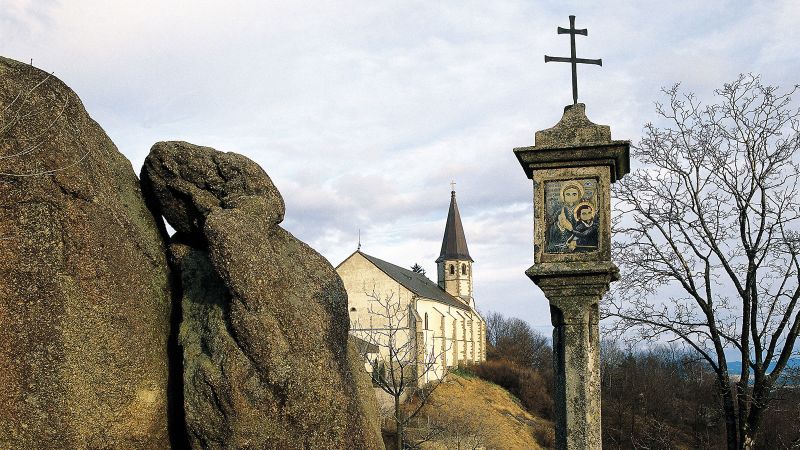The fascinating world of mummies is often predominantly associated with Egyptian culture, specifically the elaborate sarcophagi and burial rituals of ancient Egyptians. However, the history of mummification and its occurrences spans various cultures and regions across the globe, making it a much more intricate subject than it first appears. Ancient mummification practices manifest in several forms, from the well-known preservation methods of the Egyptians to the natural mummifications seen in cold or dry environments, revealing unique insights into the lives of people from different eras.
One notable discovery in the study of mummies has been that of the Incan “Ice Maiden,” where scientists have succeeded in reconstructing the face of this ancient figure thanks to the exceptional preservation of her remains. Each mummy carries its own narrative, often offering a window into the past, shedding light on the health, diet, and rituals of people who lived centuries ago. Recently, researchers have turned their attention to an intriguing figure from a remote Austrian village, unveiling the truths behind what locals have dubbed the “air-dried chaplain.”
In an unexpected twist, a water leak in the crypt of St. Thomas am Blasenstein gave scientists a rare opportunity to delve into the life and preservation methods surrounding this 18th-century clergyman, believed to have served as the parish vicar. Remarkably, the mummy’s condition, retaining intact skin and tissues, has prompted researchers to investigate the materials used in the embalming process. They discovered zinc chloride, wood chips, and embroidered fabric inside the body—a technique that has not been documented in scientific literature before. This fresh perspective on mummification techniques offers new avenues for understanding the processes utilized by past cultures.
The circumstances surrounding the chaplain’s death have remained mysterious, especially due to a capsule-shaped object revealed by an X-ray of his remains. However, recent studies have illuminated the potential cause of his demise, alongside the true nature of the enigmatic glass sphere found within him. The combination of these findings adds an intriguing layer to the narrative of this historical figure, reminding us of the stories encased within each ancient body preserved through time.
On another front, geoscientists have made headlines with the discovery of a magma cap lying beneath Yellowstone National Park. This location is home to the largest active volcanic system on the planet, and the researchers are keen on understanding how this geological structure acts as a natural pressure-release valve, potentially influencing volcanic activity. Such discoveries emphasize the ongoing explorations into Earth’s inner workings, enhancing our understanding of industry and safety measures connected to such powerful natural phenomena.
The cosmos has also proven to be a source of remarkable discoveries, including the detection of an invisible molecular cloud positioned surprisingly close to Earth. Named Eos, after the Greek goddess of dawn, this cosmic phenomenon measures approximately 40 moons in width and is estimated to be 3,400 times the mass of our sun. Astronomers identified Eos by searching for ultraviolet light emitted from hydrogen within the cloud, which consists of gas and dust clumps that trigger star births.
Separately, a signal traced back to the data from telescopes over the past 20 years presents the possibility of an unlikely celestial event related to the formation of gold throughout the universe, showcasing potential connections between cosmic phenomena and the elements found on Earth.
Shifting realms from space to earth’s biological history, a new analysis of fossils has reignited discussions regarding the evolution of the echidna and the platypus, two unique and rare mammals known as monotremes, which are distinguished by their egg-laying abilities. This research suggests a common ancestor of both creatures, represented by the fossil named Kryoryctes cadburyi, which may have lived more than 100 million years ago.
Continuing with innovative research, immunologist Jacob Glanville and California man Tim Friede have undertaken groundbreaking work involving snake venom. After Friede’s extraordinary claim of gaining immunity to fatal neurotoxins through repeated injections of snake venom, the duo, accompanied by a team of scientists, has developed a new antivenom promising protection against the toxins of 19 species of venomous snakes based on the antibodies in Friede’s blood. While their work offers exciting potential for medical advancements, Glanville urges caution against attempting similar dangerous self-experiments.
In the realm of solar observation, researchers recently captured a stunning image of the sun using the Daniel K. Inouye Solar Telescope in Maui, providing unprecedented detail of solar activity. This image visually represents the complex dynamics of our star during its peak activity, which aligns with its 11-year solar cycle, aiding researchers in understanding solar weather and its implications for Earth.
In a whimsical exploration of potential future designs, researchers in Montana have pioneered a living, self-repairing building material crafted from mycelium, extensively tested to create a sustainable structural framework.
As we delve into the wonders of science, each remarkable discovery—the mummies of Austria, the mysteries of space, and the latest



